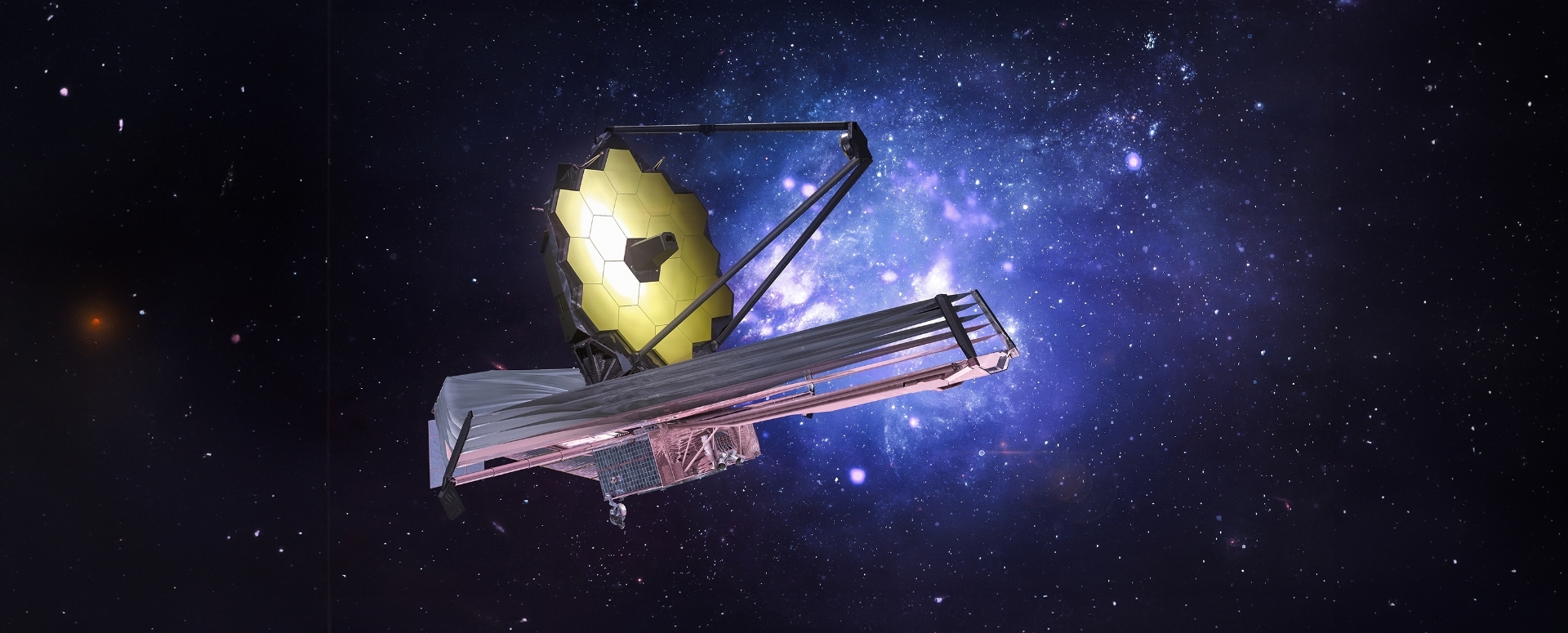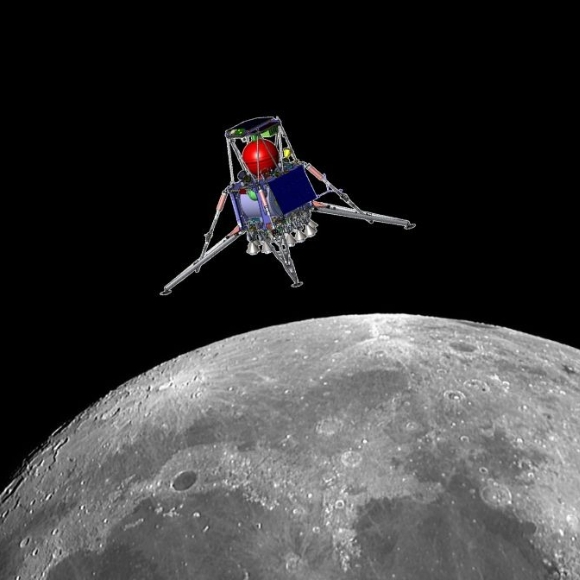End of an Era for Starship: This Week in Space
SpaceX has completed testing of Version 2 of its Starship launch system and is preparing for Version 3. Meanwhile a small asteroid was discovered just days before passing close to Earth, and scientists have identified unexpected complex molecules on Saturn’s moon Enceladus. This Week in Space
Starship Levels Up
SpaceX has successfully completed the 11th test flight of its Starship system, achieving all the flight’s objectives. The mission largely mirrored the 10th test flight, which took place in August. Once again, the spacecraft launched from the company’s South Texas base atop a Super Heavy booster. After separation, the booster executed a controlled descent over the Gulf of Mexico.
The spacecraft itself continued on a suborbital ballistic trajectory, performing an in-space engine burn and deploying dummy satellites before re-entering the atmosphere over the Indian Ocean. It successfully endured re-entry and completed a precise landing maneuver above the ocean before descending into it as planned. The entire sequence was well-documented by cameras, and the spacecraft appeared in better condition than after the previous test flight—less scorched from atmospheric friction—suggesting improved heat-shield performance.
The 10th test flight marked the final mission planned for the Starship Version 2 model, which had a turbulent start. The spacecraft exploded just minutes after launch during both the 7th and 8th test flights. As mentioned, only in the last two missions did the Version 2 vehicle perform reliably and complete its intended objectives.
Next, likely in early 2026, SpaceX is expected to move on to the next iteration of the system—aptly named Version 3—which will introduce several upgrades to both the booster and the spacecraft. The new booster will be just over a meter longer than that of Version 2, bringing the total system height to 124 meters. Its Raptor engines will be replaced with more powerful Raptor 3 models—33 on the booster and six on the spacecraft. Additional enhancements will include a refined fuel injection system for the booster and an improved stage-separation mechanism for the detachment of the booster from the spacecraft.
The key innovation on the spacecraft will be external docking adapters, enabling multiple Starships to connect in orbit and transfer propellant between them. Many of Starship’s future missions—particularly those bound for distant destinations such as the Moon and Mars—will rely on in-space refueling, a capability SpaceX must master to make such missions feasible.
The differences between the versions are especially significant in terms of performance. Version 3 is expected to carry up to 100 tons of cargo to low Earth orbit, compared with 35 tons for Version 2. Beyond its importance for deep-space missions, this increased capacity will also accelerate SpaceX’s expansion of the Starlink satellite network, which provides global internet service. Starship will be capable of deploying dozens of large satellites in a single launch, dramatically enhancing the network’s coverage and data throughput—an essential component of SpaceX’s business model.
Despite the impressive success of the last two test flights, SpaceX remains well behind schedule in developing Starship. More than two and a half years after its first test flight, the spacecraft has yet to reach Earth orbit—all of its missions so far have been suborbital, following ballistic trajectories that inevitably lead back into Earth’s atmosphere. The company has demonstrated three successful booster landings on land, including recoveries using the launch tower’s mechanical arms, but has not yet achieved the same with the spacecraft itself—an essential milestone on the path to making Starship a fully reusable launch system, in which both boosters and spacecraft can be rapidly recovered and reused.
SpaceX will need to accelerate its progress to meet upcoming goals, particularly since the Version 3 Starship is slated to serve as the lunar lander for NASA’s first crewed Artemis mission. Officially, that landing is scheduled for 2027, but it will almost certainly be delayed—the chances that a spacecraft which has yet to achieve orbital flight will be ready for a crewed lunar landing within two years are near zero.
Elon Musk, SpaceX’s founder and CEO, envisions using Starship to establish a human presence on Mars. The company will need to demonstrate substantial progress to meet his goal of launching uncrewed Starships to the planet by the end of 2026. The next Mars launch window opens only in late 2028, when Musk hopes to send the first humans to the Red Planet.

Bigger challenges now await Starship. The spacecraft’s successful landing maneuver over the ocean during test flight 11 | Photo: SpaceX
A Surprise Close Encounter
An asteroid discovered only last week passed by Earth just two days after its detection, at a distance of less than 100,000 kilometers — roughly a quarter of the distance between Earth and the Moon. The asteroid, designated 2025 TP5, was spotted last Monday by telescopes in Hawaii, part of the ATLAS early-warning system designed to detect objects that could pose a collision risk to Earth.
It is a relatively small asteroid, estimated to be about 16 meters in diameter—roughly the size of the meteor that exploded over Chelyabinsk, Russia, in 2013. Orbital calculations indicate that it also made a close pass by Earth in September 1979, though it went undetected at the time.
On October 15th, the asteroid made its close approach, passing at a distance of about 97,000 kilometers from Earth. Its discovery so shortly before the flyby underscores the critical importance of planetary defense systems capable of identifying potentially hazardous objects well in advance — and of developing technologies to intercept or deflect such threats from a collision course with Earth.

The asteroid passed as close as 97,000 kilometers from Earth. Simulation of its trajectory near our planet | Illustration: ESA
Complex Materials on Saturn’s Moon
The Cassini spacecraft, which explored Saturn, its rings, and its moons, ended its mission in a planned crash into the planet in 2017—but the data it gathered continues to yield new scientific discoveries. Cassini was the first to detect water jets erupting from the south pole of Enceladus, one of Saturn’s larger moons. Later findings indicated that the water likely originates from a subsurface ocean of liquid water lying beneath the moon’s thick outer shell of ice.
The spacecraft also flew through these plumes, collecting samples of the material ejected from them. Earlier analyses revealed that the water contained simple molecules such as carbon dioxide (CO₂), methane (CH₄), and ammonia (NH₃). A study published about two years ago identified even more complex compounds, including hydrogen cyanide (HCN), acetylene (C₂H₂), propylene (C₃H₆), ethane (C₂H₆), and methanol (CH₃OH).
A new study, published recently in Nature, has found that Enceladus’s ocean water contains even more complex organic materials — including esters, alkanes, ring-shaped molecules, and compounds containing nitrogen and oxygen. Some of these molecules are precursors to the building blocks of life, such as amino acids, which form proteins.
The discovery—based on data collected more than a decade ago—was made possible by a refined analysis of the velocity at which icy water droplets struck Cassini’s detector.
“The ice grains contain not just frozen water, but also other molecules, including organics. At lower impact speeds, the ice shatters, and the signal from clusters of water molecules can hide the signal from certain organic molecules,” explained Nozair Khawaja of the University of Stuttgart, who led the study. “But when the ice grains hit CDA fast, water molecules don’t cluster, and we have a chance to see these previously hidden signals.”
Enceladus is now regarded as one of the most intriguing targets for exploration in the solar system, particularly for missions searching for signs of life, thanks to its hidden subsurface ocean. Other promising destinations include several of Jupiter’s moons, especially Europa and Ganymede, which are also believed to harbor vast reservoirs of liquid water beneath thick ice crusts..
NASA’s Europa Clipper and European Space Agency’s JUICE mission are currently en route to Jupiter, aiming—among other objectives—to assess the potential for microbial life within these icy oceans. Saturn’s moons, however, will likely have to wait several more years for their own dedicated exploration mission.
“Even not finding life on Enceladus would be a huge discovery,” said Khawaja, “Because it raises serious questions about why life is not present in such an environment when the right conditions are there.”
Cassini’s flyby through the water plumes of Enceladus. Video by NASA’s Jet Propulsion Laboratory (JPL):




